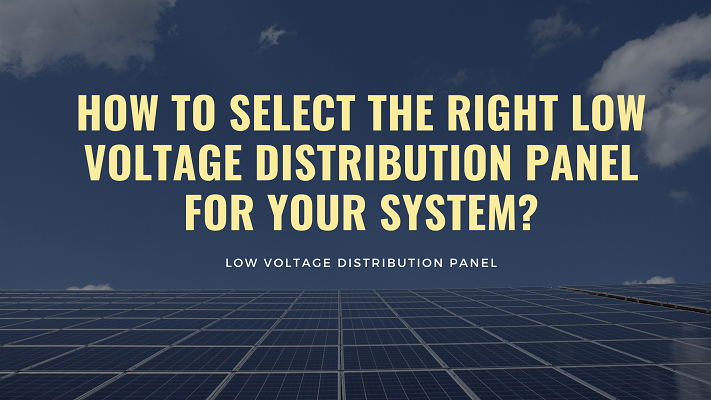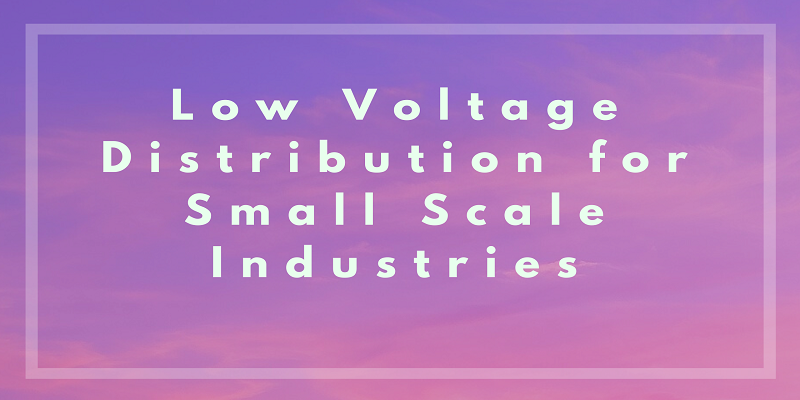What is a low voltage switchboard?

A low voltage distribution panel is a group of one or more electrical switches or their contacts that are equipped with switching devices and are used for distributing electrical power from the main electrical supply to subsidiary circuits within a facility. It is most commonly used in both industrial and commercial settings to evenly distribute the correct amount of electrical flow to every connected electrical machine so that no one will be overwhelmed. It takes electrical power from the main supply and then divides it into numerous circuits, which are then used to supply different electrical machines to the entire building or facility. It is used in low-voltage distribution systems for small-scale industries. Low-voltage switchboards have different benefits that include circuit Protection, organization & Control, Voltage Rating, Safety Compliance, IP rating, etc.
One can easily buy switchboards with a rated voltage of about 1000V for alternating current and 1500V for direct current switchboards.
Low voltage distribution panels provide electrical protection for both the system and the operators. It is widely used to protect against the thermal and mechanical stresses of short-circuit currents. Moreover, it protects from overload currents, over-circuit currents, and insulation faults to ensure safety and reliability.
There are two fundamental parts to how a low-voltage panel operates:
Power Distribution:
In a mains transformer or backup generator, conductors or electrical connectors funnel power to the switchgear. They step down the power to an input fuse box or device, which comes in the form of Air Circuit Breakers (ACBs) or Moulded Case Circuit Breakers (MCCBs).
Routing Power:
The electric current then runs from within the switchgear through copper rods, eventually reaching lower-rated fuses, which again are of the ACB or MCCB variety. We call these outbound channels, and they pass energy onto sub-boards, which house smaller ACBs, MCCBs, or Miniature Circuit Breakers (MCBs).
What are the Basic Functions of LV Switchgear?
Isolation
Switchgear isolates parts of an installation to facilitate the unfettered operation or repair of individual components. It’s how a switchboard cuts a system off from an energized circuit, and it’s a must for the safety of both workers and equipment. Every single circuit in an LV installation should have its isolator, not just to raise its level of safety, but also to confirm its overall system stability.
Electrical Protection:
LV switchgear plays a crucial role in protecting electric circuits from fault currents. Not only does it reduce the risks associated with high currents, but it isolates faulty currents from the rest of the system. This protects both human operators and electrical devices from harm.
Remote or Local Switching:
Switchgear enables users to remotely or locally control the operation of a burdened system. You can use it for system-based control and emergency switching. Technicians can easily turn on or off sections of a power system or individual devices, especially during emergencies or unsafe conditions.
In essence, low-voltage switchboards are integral components in electrical systems, providing essential protection and control mechanisms to ensure safe and reliable operation. Moreover, a low voltage distribution system for small-scale industries can enhance productivity and maintain the safety of people & property.




